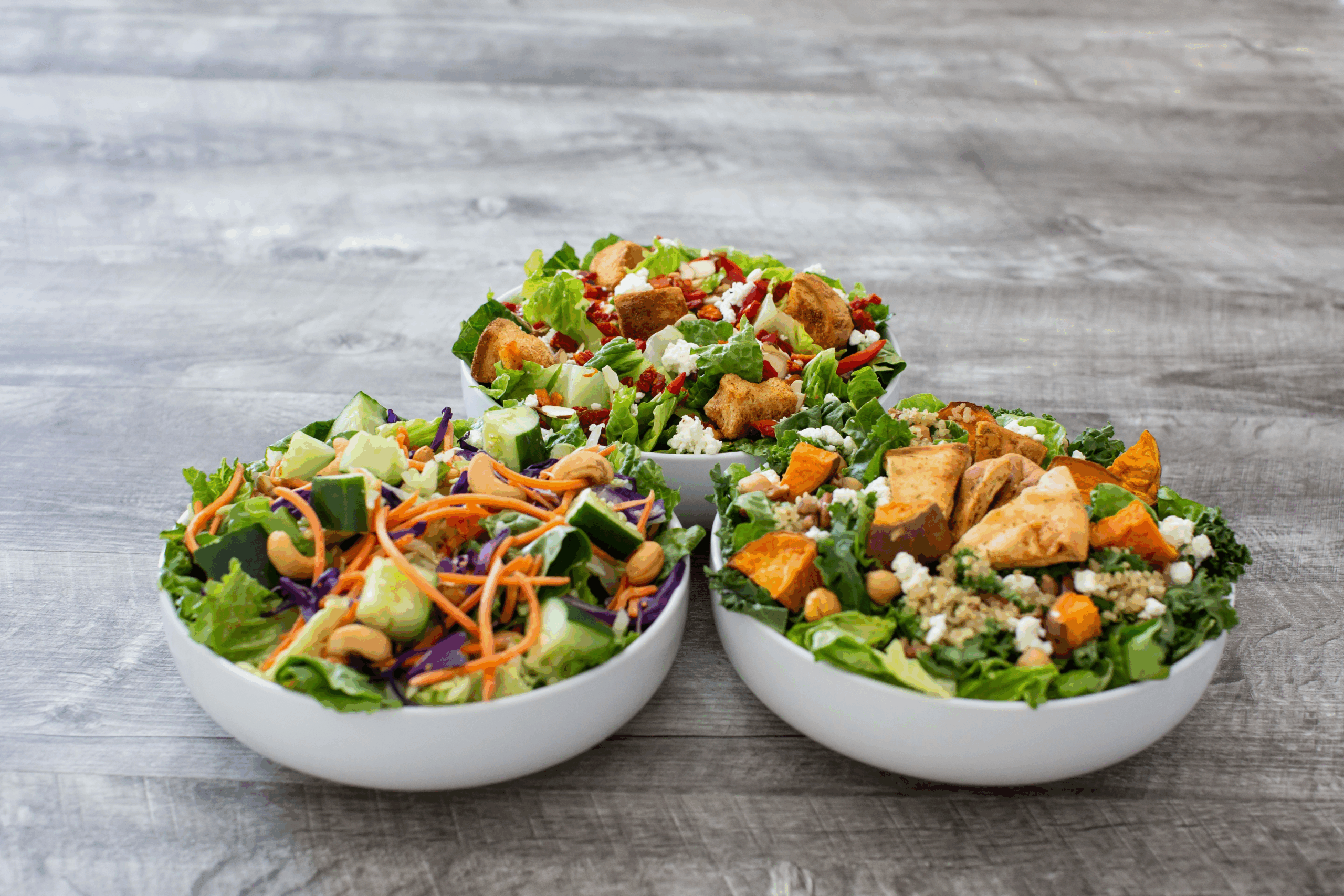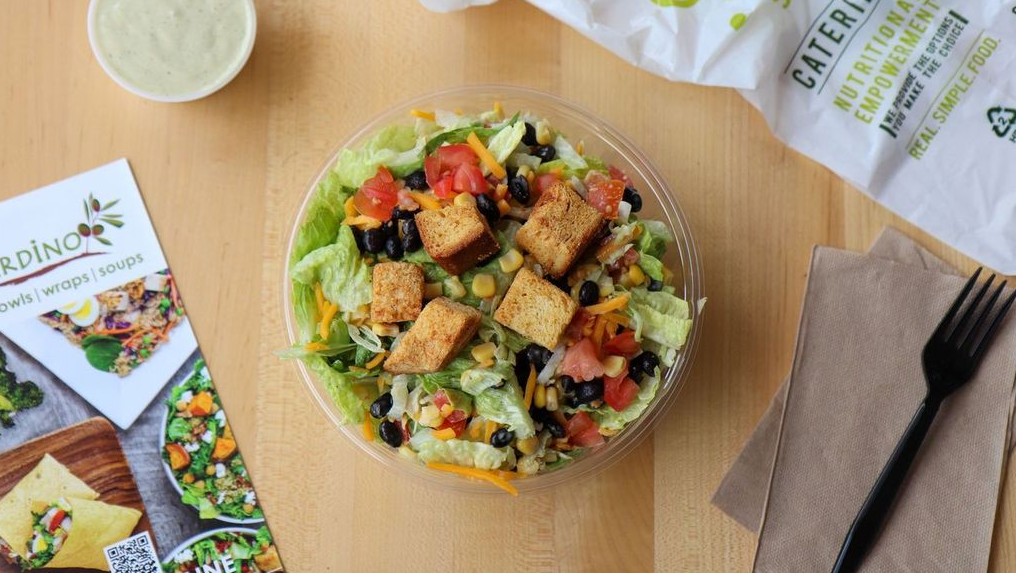Achieving a healthier lifestyle often begins with what we put on our plates. Planning balanced meals is a foundational step towards not just managing weight, but also promoting overall well-being. In this comprehensive guide, we will explore how to effectively plan nutritious meals using reliable data, statistics, and expert guidelines.
The Importance of Balanced Nutrition
A balanced diet provides the nutrients your body needs to function correctly. Without balanced nutrition, your body is more prone to disease, infection, fatigue, and poor performance. According to the U.S. Department of Agriculture (USDA), a balanced meal should ideally include a healthy mix of proteins, carbohydrates, fats, vitamins, and minerals.
Understanding Macronutrients
There are three types of macronutrients essential for the human body:
- Proteins: These are crucial for building and repairing tissues.
- Carbohydrates: They provide the body with energy, with Dietary Guidelines for Americans recommending they make up 45-65% of total daily calories.
- Fats: Necessary for hormone production and the absorption of fat-soluble vitamins.
Structuring Balanced Meals
| Component | Percentage of Meal |
|---|---|
| Vegetables | 40% |
| Proteins | 25% |
| Whole Grains | 25% |
| Fruits | 10% |
Portion Control and Meal Frequency
In addition to the nutritional content, the amount of food you eat and when you eat can affect your health. Studies show that consuming smaller, more frequent meals can help control hunger, maintain energy levels, and improve metabolic rates, compared to larger, less frequent meals.
Incorporating Super Foods
Adding super foods to your diet can enhance nutrient intake and protect against chronic illnesses. Foods such as blueberries, kale, and quinoa, are rich in antioxidants, vitamins, and minerals, contributing to a healthier diet.
Meal Planning Challenges
Planning balanced meals can be challenging with a busy lifestyle. Time constraints, budget limits, and varying dietary needs are common obstacles. However, using resources like Giardino Salads can simplify the meal planning process by providing nutritious and convenient options.
Leveraging Technology in Meal Planning
Technology can be an invaluable partner in maintaining a balanced diet. There are numerous apps and platforms available to help track nutrition and plan meals effectively, aligning with user preferences and dietary goals.
Sustainable and Ethical Eating
Sustainability and ethics are increasingly influencing dietary choices. Choosing locally sourced, organic, and seasonal ingredients not only benefits personal health but also supports environmental conservation.
Benefits of Balanced Meals
The benefits of a well-balanced diet extend beyond the physical. Improvement in mental health, increased energy levels, and enhanced focus are among the many advantages, as supported by numerous studies.
Sample Balanced Meal Plan
Here’s a sample meal plan to kickstart a balanced eating regimen:
| Meal | Menu |
|---|---|
| Breakfast | Oatmeal with berries and almonds |
| Lunch | Grilled chicken salad with quinoa and avocado |
| Dinner | Salmon with steamed broccoli and brown rice |
Key Takeaways
Planning balanced meals isn’t just about eating healthy; it’s about fostering a sustainable lifestyle that prioritizes wellness. Leveraging resources, such as Giardino Salads Menu, provides accessible options for balanced eating. As dietary preferences evolve, staying informed and making conscious food choices will remain integral to leading a healthier, happier life.
FAQs About Planning Balanced Meals
The simplest way to start planning balanced meals is by focusing on portion control and variety. Begin by incorporating a mix of proteins, carbohydrates, and healthy fats into each meal. Emphasize the importance of filling half the plate with fruits and vegetables, and the remainder with proteins and grains. Utilize meal planning apps or services such as Giardino Salads to simplify the process by selecting nutritious, ready-to-eat meals that align with dietary goals.
To ensure nutritional balance, follow these guidelines: Choose whole, unprocessed foods to maximize nutrient intake, include a variety of foods from each food group, and pay attention to portion sizes. Prioritize foods rich in fibers, such as legumes, whole grains, and vegetables, which enhance digestion and provide sustained energy. Resources such as Giardino Salads offer a convenient way to maintain a balanced diet with menu options designed to meet nutritional needs.
Yes, meal frequency is vital for maintaining metabolic health. Eating smaller, evenly spaced meals can stabilize blood sugar levels, prevent overeating, and increase energy levels throughout the day. Incorporating snacks like nuts and fruits can support these goals. Strategic meal timing, such as eating within an hour of waking, and avoiding late-night snacks, further contributes to a balanced diet by aligning dietary habits with the body’s natural rhythms.
Meal planning for a busy lifestyle requires organization and resourcefulness. Start by creating a weekly meal plan and shopping list, and preparing meals in batches over the weekend. Opt for quick-cooking, nutritious ingredients such as lean proteins and pre-cut vegetables. Utilize services like Giardino Salads that offer ready-made meals catered to different dietary needs, providing a straightforward solution for maintaining a balanced diet amid a hectic schedule.
Hydration is a critical component of a balanced diet, as it assists in regulating body temperature, transporting nutrients, and removing waste. The National Academies of Sciences, Engineering, and Medicine recommend a daily intake of approximately 3.7 liters for men and 2.7 liters for women, including all beverages consumed. It’s crucial to choose hydrating beverages with minimal added sugars, such as water and herbal teas, to contribute to overall nutritional balance.







